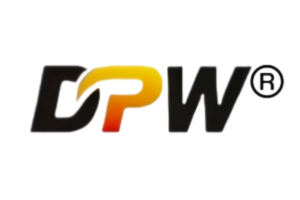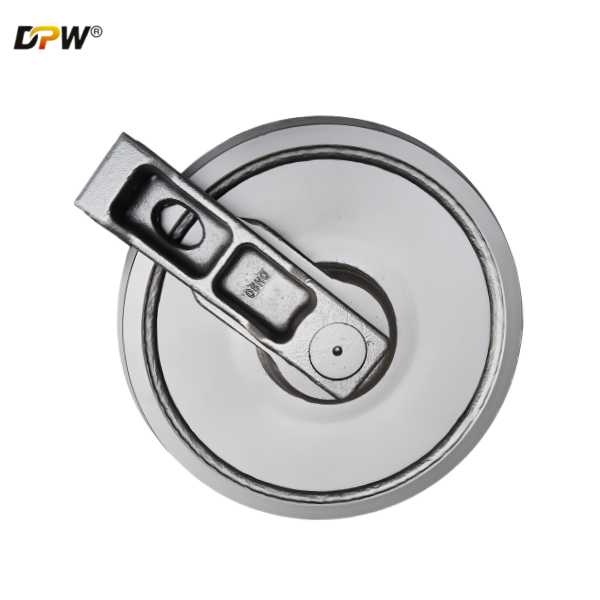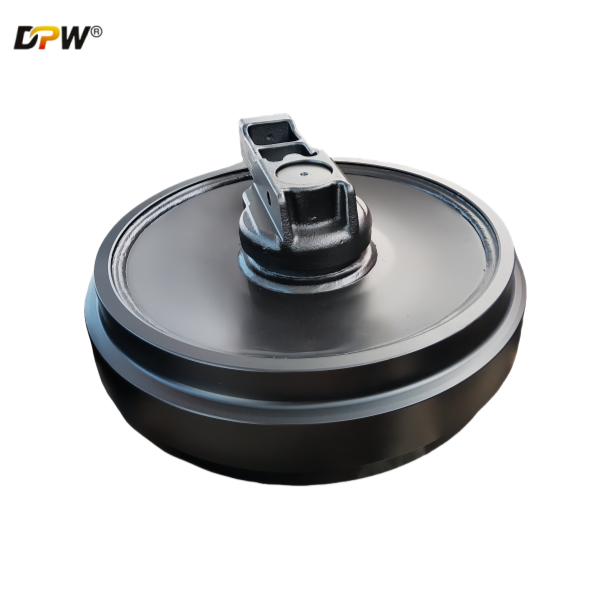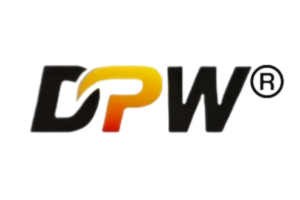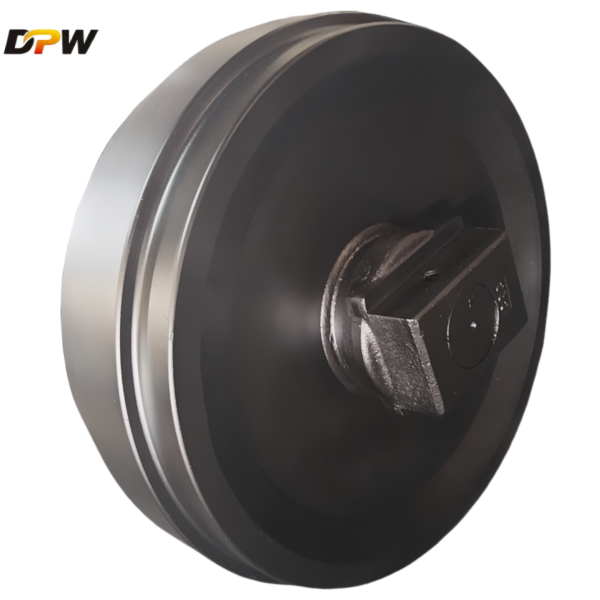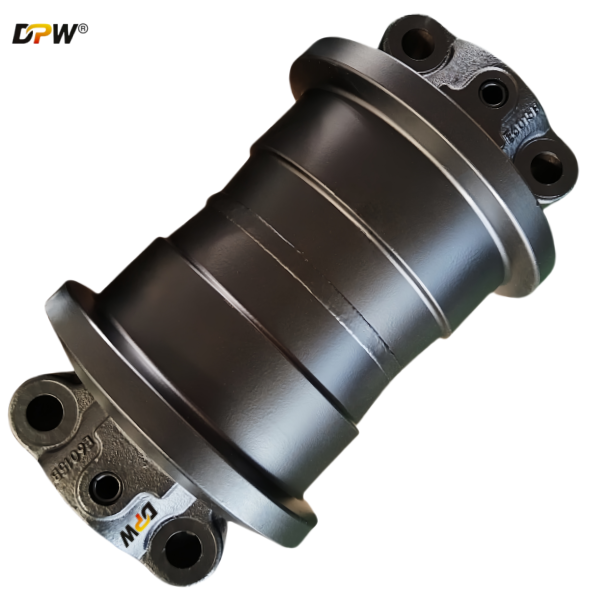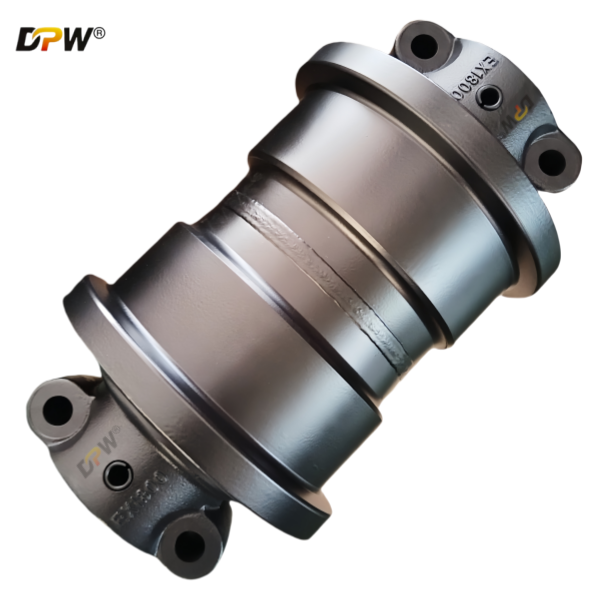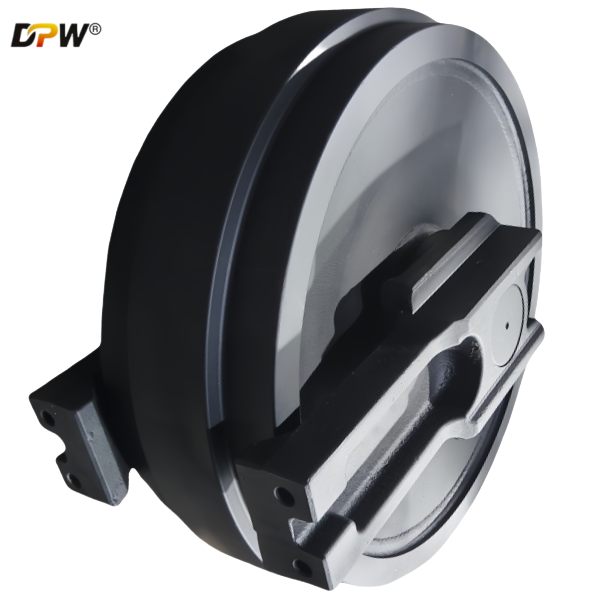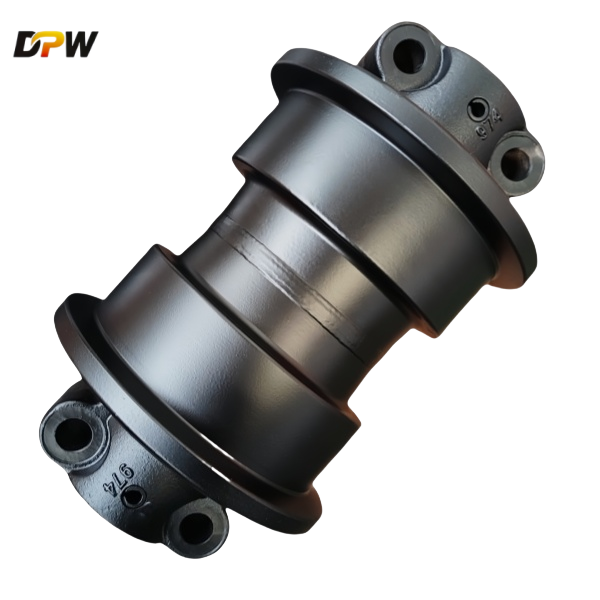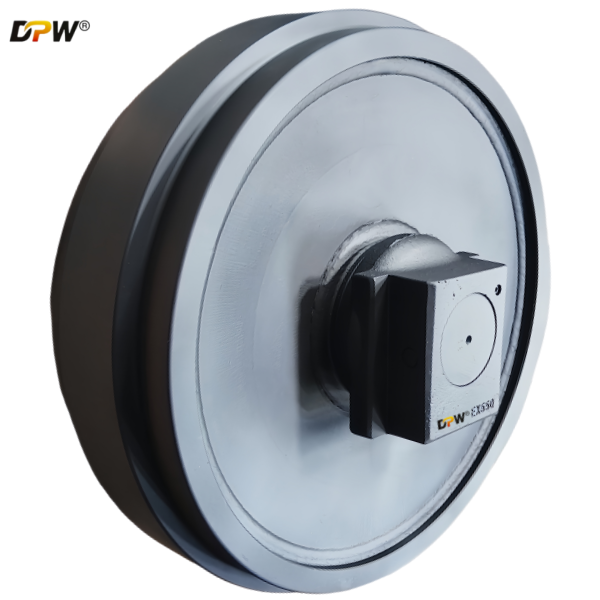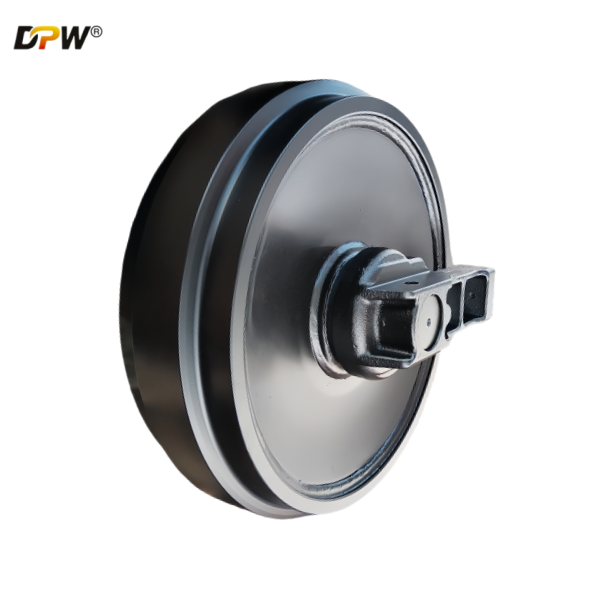
Daewoo DH75/DH80/DH85 Track Idler Wheel Assy/Mini excavator undercarriage parts manufacturer and supplier
Product Specifications
Technical Overview: DAEWOO DH80 Track Idler Wheel Assembly
The Track Idler Wheel Assembly for the DAEWOO DH80 hydraulic excavator is a fundamental component of the crawler undercarriage system. Positioned at the front of the track frame, its primary functions are to guide the track chain in a precise loop, maintain correct track tension, and absorb forward impact loads. The idler is a non-driven wheel, critical for ensuring smooth track operation, stability, and preventing derailment during machine travel and steering maneuvers.
This assembly is engineered to withstand significant axial thrust loads during turning, radial loads from machine weight, and continuous shock from ground obstacles.
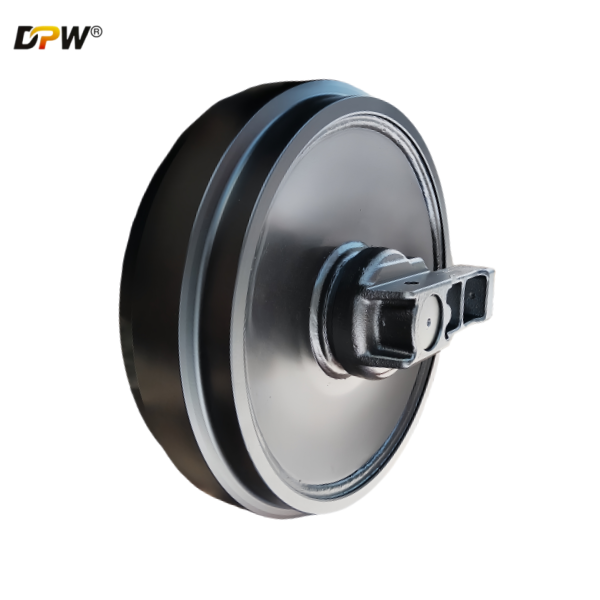
1. Functional Definition and Operational Role
The Idler Wheel Assembly serves three interconnected, critical roles:
Track Guidance and Alignment: The idler's flanged design contains the track chain (links and bushings), guiding it along a predetermined path from the front of the undercarriage back to the sprocket. This precise alignment is essential for stable machine operation and preventing lateral derailment.
Track Tensioning: The entire idler assembly is mounted on a sliding mechanism connected to a hydraulic or grease-filled tensioning cylinder. By adjusting this cylinder, the idler is moved forward or backward, thereby increasing or decreasing track tension. Proper tension is paramount for optimizing undercarriage component life and power transfer efficiency.
Impact Load Absorption: As the leading component of the undercarriage, the idler is the first to encounter obstacles. It is designed to absorb and distribute the initial impact forces, protecting the entire track frame and structure.
2. Detailed Component Breakdown
A fully assembled Idler Wheel consists of several integrated sub-components:
A. Idler Wheel (Front Idler Body):
Material: Typically manufactured from high-strength, low-alloy (HSLA) steel via forging or precision casting, ensuring optimal toughness and impact resistance.
Flanges: Robust, hardened flanges are machined on both sides to act as a physical barrier, keeping the track chain securely in place.
Running Surface: The outer diameter is machined to a specific contour to ensure smooth engagement with the track chain bushings. This surface is often hardened through heat treatment to resist abrasive wear.
B. Hub, Bearing, and Sealing System:
Bearing Assembly: Utilizes a heavy-duty, pre-lubricated, and sealed roller bearing cartridge (often a double-row tapered roller bearing). This bearing is selected for its ability to handle combined radial and axial (thrust) loads.
Sealing System: Employs a multi-labyrinth seal configuration with synthetic rubber lip seals. This system is critical for excluding abrasive contaminants (mud, sand, silt) and retaining lubricating grease, thereby maximizing service life.
Spindle & Hub: The internal hub rotates on the bearing around a fixed spindle that is bolted to the idler bracket.
C. Idler Bracket (Support Structure):
This is the mounting frame that connects the idler wheel to the track frame and integrates with the track tensioning mechanism. It is a critical structural component designed for high strength and rigidity.
3. Key Technical Specifications for DAEWOO DH80
| Parameter | Specification | Importance |
|---|---|---|
| Compatible Machine Model | DAEWOO DH80 | Note: Daewoo construction equipment is now part of Doosan Infracore. The part may be cross-referenced under the Doosan brand. |
| OEM Part Number | Varies by S/N (e.g., 61 or similar) | Imperative. Always confirm the correct part number using the machine's unique Serial Number (S/N). |
| Flange Design & Width | Specific to DH80 track gauge | Must match the width of the track chain to provide correct guidance. |
| Bore & Mounting Pattern | Specific to DH80 track frame | Ensures a direct and secure bolt-on connection. |
| Lubrication | Pre-greased, "lubed-for-life" sealed system | Designed for zero maintenance until rebuild or replacement is required. |
4. Common Failure Modes and Root Cause Analysis
A. Flange Wear and Damage:
Symptom: Flanges become thin, sharp, cracked, or bent.
Root Cause: Constant side-loading from steering, operating on severe slopes, or track misalignment. Impact with solid objects can also cause direct physical damage.
B. Bearing and Seal Failure:
Symptom: Difficult rotation, grinding noises, excessive wheel wobble (play), grease leakage, or a completely seized idler.
Root Cause: The primary failure initiator is usually seal compromise. Once contaminants enter the bearing chamber, they act as an abrasive paste, rapidly degrading the bearing surfaces.
C. Running Surface Wear:
Symptom: The outer diameter develops a concave profile, deep grooves, or uneven wear patterns.
Root Cause: Normal abrasive wear from contact with the track chain bushings. Accelerated wear occurs with incorrect track tension (too tight or too loose) or a worn-out track chain.
D. Structural Cracks:
Symptom: Visible cracks in the idler wheel rim or the bracket.
Root Cause: High-cycle fatigue or single-event overstress from high-impact shocks.
5. Sourcing, Replacement, and Maintenance Protocol
OEM (Genuine Doosan/DAEWOO):
Advantage: Guaranteed fit, form, function, and material quality. Full compatibility with the tensioning system and full manufacturer warranty.
Disadvantage: Higher initial purchase price.
Quality Aftermarket Equivalents:
Advantage: Cost-effective solution without necessarily sacrificing quality. Reputable brands (e.g., Berco, ITR, Topking) produce reliable replacements that meet or exceed OEM specifications.
Disadvantage: The market has varying quality levels; due diligence is required to select a trustworthy supplier.
Critical Replacement and Maintenance Guidelines:
Serial Number Verification: Before ordering, always provide the machine's S/N to your parts supplier to ensure the correct idler assembly is sourced.
Track Tension Audit: When replacing an idler, check and adjust the track tension to the manufacturer's specified standard. Incorrect tension is a primary cause of premature undercarriage wear.
Undercarriage Wear Analysis: Inspect the entire undercarriage as a system. Check the track chain for excessive pitch elongation, the rollers for wear, and the sprocket for "hooking." Installing a new idler on a severely worn system will drastically shorten its life.
Proper Installation: Use correct lifting techniques and torque all mounting bolts to the specified value. Avoid damaging the delicate seal surfaces during handling.
